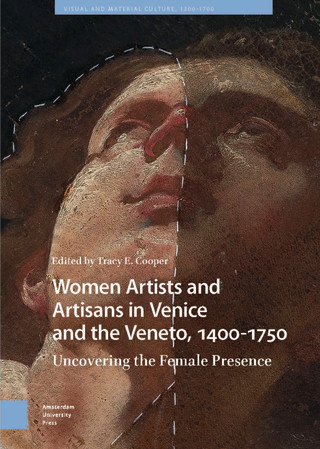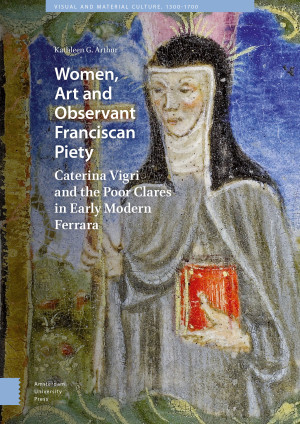Nominated for the Hagiographic Society Prize 2019!
"Arthur’s fascinating study brings the story of the Poor Clares in Ferrara to an anglophone audience for the first time. She offers new insights into the visual culture of Observant Franciscan women in a crucial period of transition for the order. The author’s extensive archival research reveals the names and ages of many of the nuns at Corpus Christi, providing much new material for future scholars."
- Holly Flora, caa.reviews, February 2020
"This study shows the fruits that can be won by connecting a gender study approach with the reconstruction of a religious community and religious tradition by means of a reading of visual and material sources. In doing so, it challenges implicit values that regulate academic research."
- Prof. Daria Pezzoldi-Olgiati, Ludwig Maximilians Univ., Munich, Gender and Religion 9 (2019)
"Arthur's monograph is to be recommended as groundbreaking work on women's history, Observant Franciscan spirituality, and true "outsider art." There is the thrill of discovery in progress around such direct study of manuscripts still too little explored. In short, this is a superb work of scholarship as well as a fascinating read."
- Linda Burke, Elmhurst College, The Medieval Review 19.09.38
"Arthur's book makes an important contribution to our understanding of female convents, Observant Franciscan piety, and religious women’s engagement with visual culture. By integrating Caterina Vigri’s written and artistic production into the social, spiritual, and visual context of the Ferrarese convent of Corpus Christi, Arthur enriches our perceptions of both Vigri’s devotional works and female piety."
- Marilyn Dunn, Loyola University Chicago Renaissance Quarterly Volume LXXI I, No. 3

